Landscape photography is all about capturing the beauty of natural landscapes. What our eye sees and admires, we try to capture the same with our camera and lens. To achieve that, framing is one of the fundamental tool in landscape photography and key component in composition. It magically change the feel of image, as it helps to draw attention to the subject and adds depth and context to the image.
Framing in photography is the technique of using various elements in the foreground to create a frame around the subject, drawing the viewer’s eye to the centre of the image.
When it comes to landscape photography, there is a high possibility that you have natural elements such as trees, rocks, water, leaves, and clouds around you :-). It can help to create stunning frames that add to the beauty of the landscape. In this article, we will discuss in details and share tips and technique to start seeing frames around you.
If you want to take your landscape photography to another level, and discover the magic of framing then using natural elements is highly recommended. Also consider learning about exposure triangle to get photography basics right.
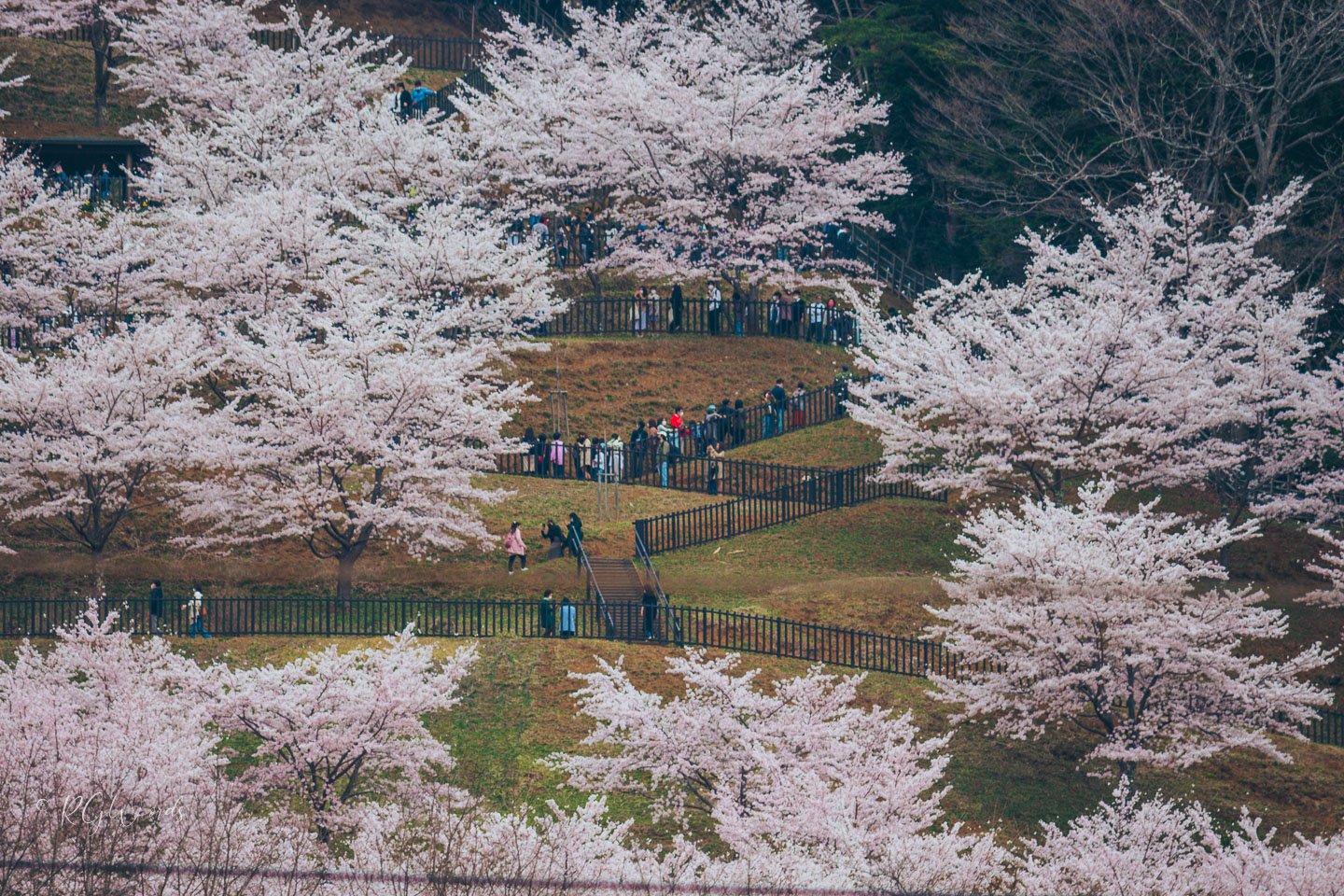 What is Framing in Landscape Photography?
What is Framing in Landscape Photography?
Framing is a technique that involves using elements in the foreground, mid ground and background and arrange in a way to create a frame around the subject. It draws the viewer’s eye to the centre of the image, enhance visual impact by giving perspective and dept. It helps tell a story about the landscape.
Photographers use several framing techniques, including natural elements like trees, rocks, water, and clouds and artificial elements like buildings, bridges, and fences. Each framing technique has its own unique characteristics and can be used to create different effects in the photo.
Different types of framing techniques landscape photographers use:
- Natural framing: I will say this is easiest to use, just you need to be mindful. This technique uses natural elements such as trees, rocks, grass, water etc. to create a frame around the subject. The frame form with arranging the natural elements in the foreground or the photo’s background.
- Artificial framing: This next technique uses man-made elements like big buildings, bridges arches, and fences to create a frame around the subject. This type of framing can add context and a sense of place to the photo.
- Frame-within-a-frame: This another technique (btw my favourite) involves creating a frame within the frame by using a natural or artificial element to create a second frame around the subject. This can add depth and interest to the photo.
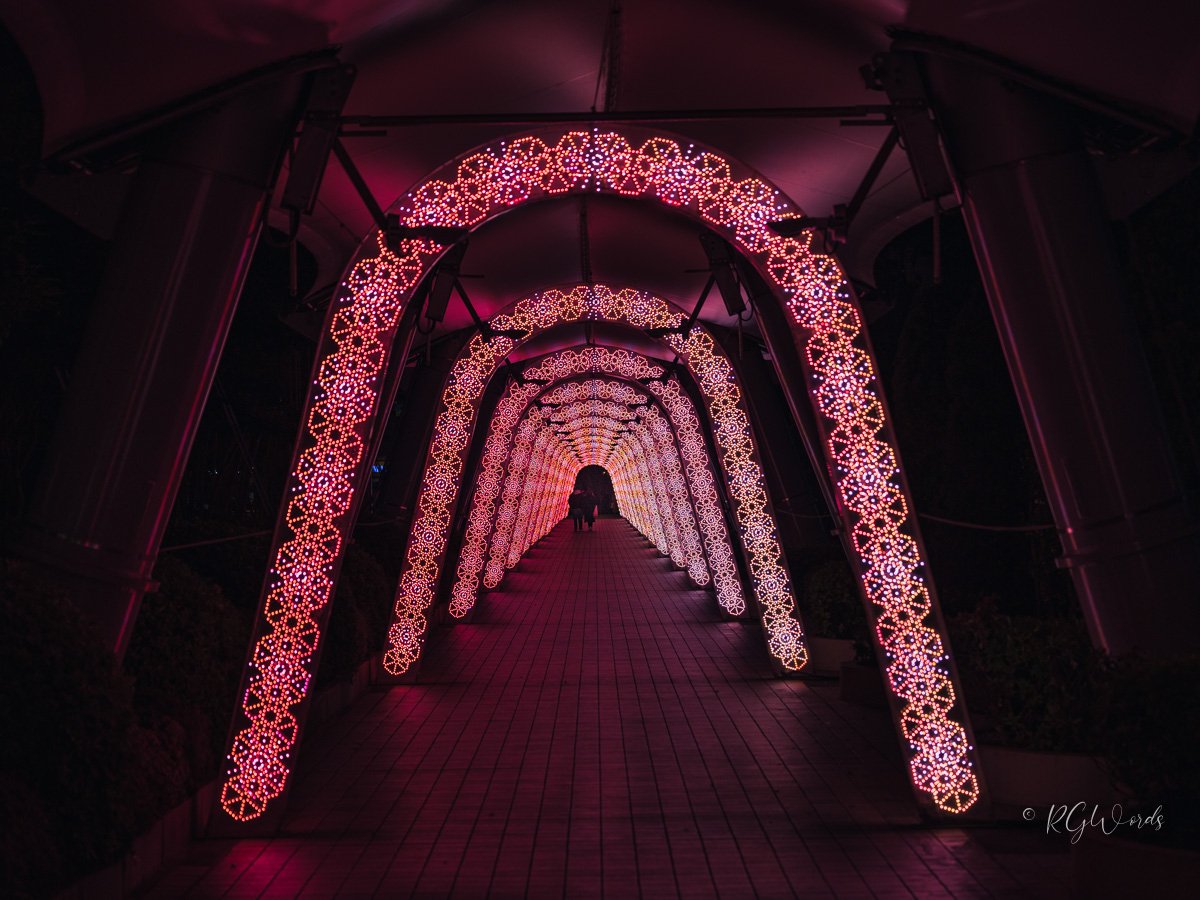
Examples of landscape photos with and without framing:
Photo without framing
A landscape photo without framing may lack context and interest. It may be difficult for the viewer to understand the subject or the story behind the photo.
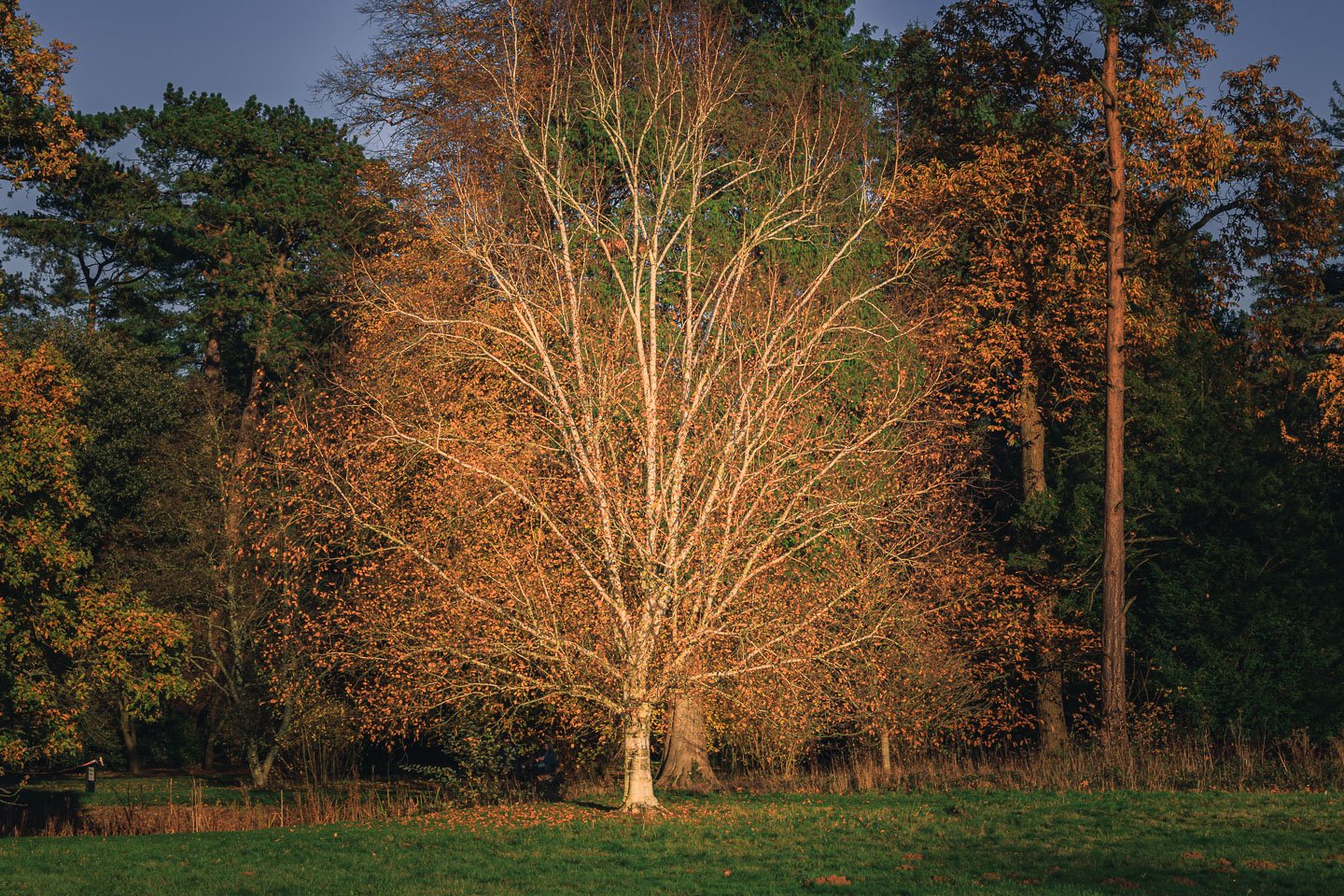
Photo with framing
A landscape photo with framing, on the other hand, can draw the viewer’s eye to the subject, add depth and context to the photo, and create a more engaging and interesting image.
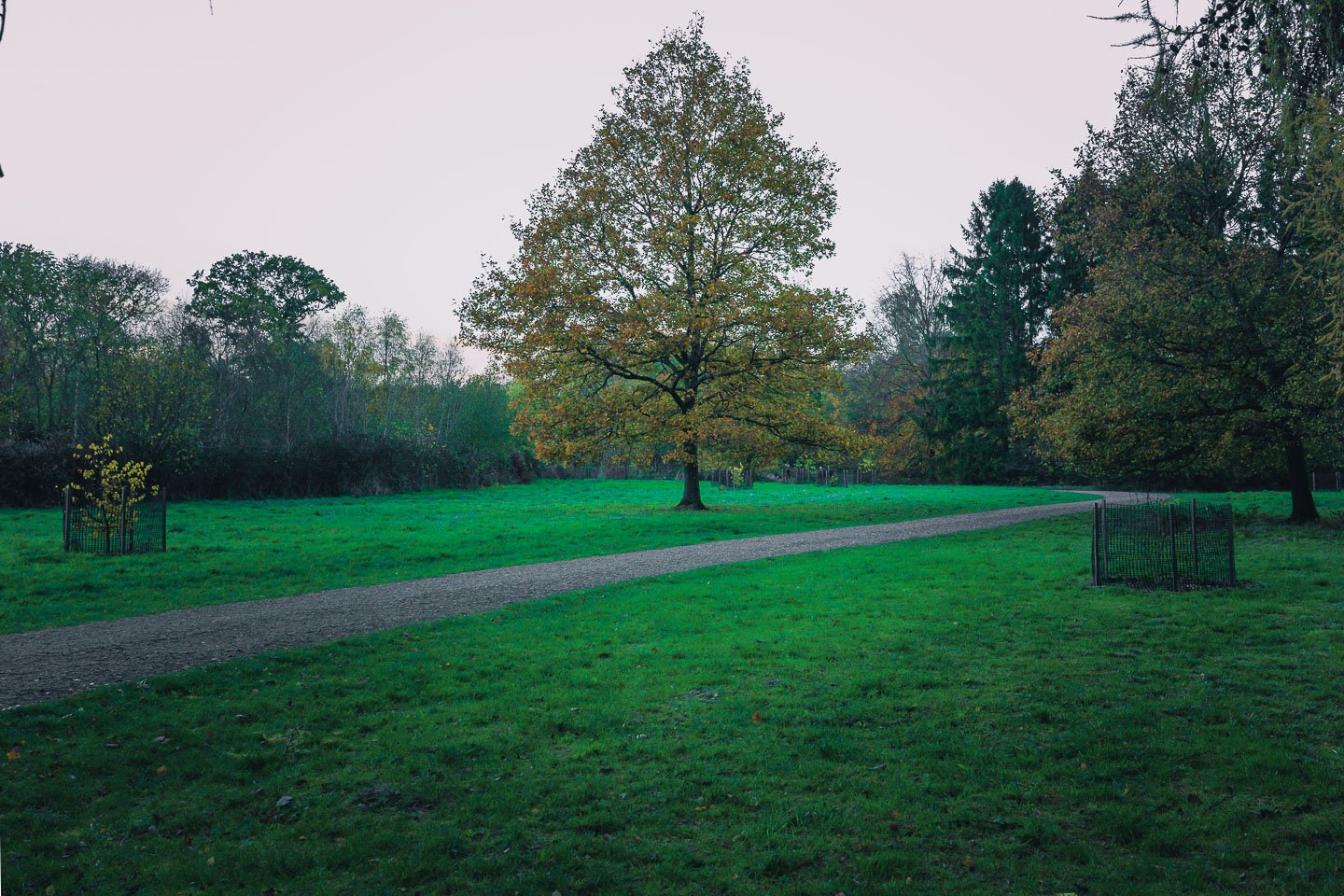
Using Natural Elements for Framing
As you might and little bit of idea so far, natural elements are a powerful tool in landscape photography. It can create a frame around the subject, adds depth and context to the photo.
Some of the most commonly used natural elements for framing in landscape photography include:
- Trees
- Rocks
- Water
- Clouds
Apart from the natural elements mentioned, several other elements for framing in landscape photography are:
- Archways or doorways: These elements can create a natural frame around the subject and can add depth and context to the photo.
- Mountains or hills: Using mountains or hills as a natural frame can create a sense of scale and help to emphasize the subject.
- Foliage or plants: Foliage or plants can create a natural frame around the subject and add color and texture to the photo.
- Buildings or structures: Buildings or structures can be used as a frame around the subject and can add an exciting contrast between the natural and man-made elements.
When selecting natural elements for framing, it’s important to consider the overall composition and balance of the photo to ensure that the framing element enhances the subject rather than detracts from it.
Tips and Techniques to choose natural elements:
As we understand, Framing in landscape photography is not just about finding a natural element to use as a border for the subject. Right?
But it also about using specific techniques and light in landscape to create a visually compelling image.
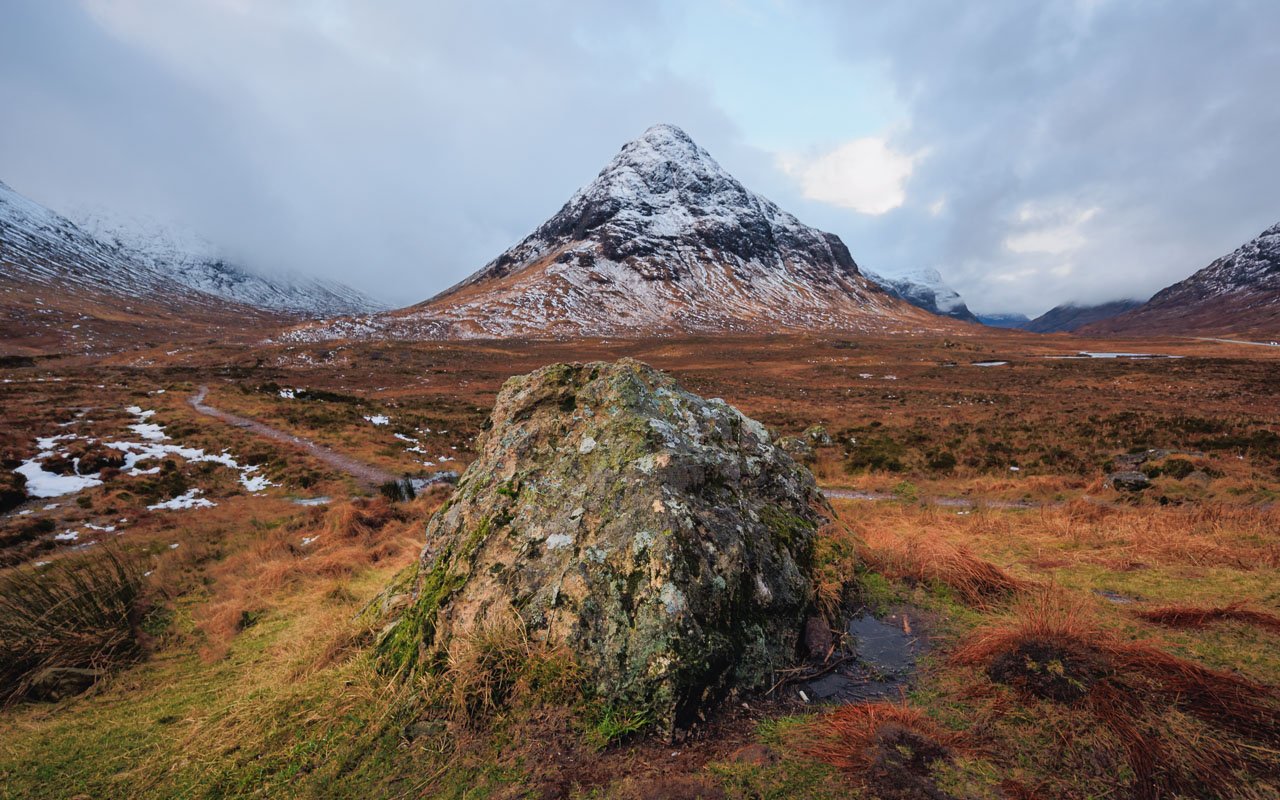
Here are some common techniques for using natural elements for framing in landscape photography:
- Layering: First is layering, I always suggest to master this first, rest will be easy. It uses natural elements in the foreground, middle ground, and background to create a layered effect, add depth and dimension. For example, using rocks or plants in the foreground, a body of water in the middle ground, and mountains in the background can create a sense of depth and draw the viewer’s eye into the photo.
- Creating depth: Using natural elements to create depth in the photo can add a sense of scale and dimension. For example, using a tree or rock in the foreground can create a sense of distance and make the viewer feel like they are a part of the scene.
- Composition: When selecting natural elements for framing, consider the composition of the photo. Look for an element to create a frame around the subject and balance the composition.
- Balancing: Pay attention to the balance of the photo when selecting natural elements for framing. Avoid using too many elements or elements that are too large, as this can suppress the subject and distract from the overall impact of the photo.
Less Is More
 Additional examples of landscape photos that effectively use natural elements:
Additional examples of landscape photos that effectively use natural elements:
When applying these techniques, it’s important to consider the type of landscape and the natural elements available.
For example, a beach landscape may offer opportunities to use waves as leading lines, while a forest landscape may offer opportunities to use trees for layering.
- Waterfall in the frame with trees and rocks in the foreground and background.
- Mountain range framed by clouds and a body of water in the foreground
- Forest framed by trees in the foreground and a mountain range in the background.
- A photo of a mountain range with a river in the foreground, using the river to create leading lines and the mountains for layering and depth.
- A sunset at the beach, using the waves in the foreground to create leading lines and the clouds in the background for layering and depth.
- Minimalist long exposure photography of stone in lake or sea
- Create a panoramic landscape to show vastness, use subject to show scale
More Ideas for Framing in Landscape Photography
Here are some additional tips and ideas for using natural elements for framing in landscape photography:
- Use reflections: Reflections can be an excellent natural element for framing, as they can create a sense of symmetry and balance in the composition. Look for bodies of water, such as lakes or rivers that can reflect the landscape and use them to frame your subject.
- Frame natural arches: If you’re photographing in a location with natural arches, such as an arch in a rock formation or a natural bridge, use these as a natural frame to create an exciting composition.
- Experiment with different perspectives: Don’t be afraid to experiment with different angles and perspectives when using natural elements for framing. Try shooting from a low angle or above to create a unique and interesting composition.
- Use framing to create emotion: Framing can also envision a sense of emotion or mood in a landscape photo. For example, framing a lone tree in a vast landscape can create a sense of solitude or isolation, while using clouds to frame a mountain peak can create a sense of drama and power.
Remember, the key to effective framing in landscape photography is experimenting with different techniques and ideas to find what works best for your subject and the mood you’re trying to convey.
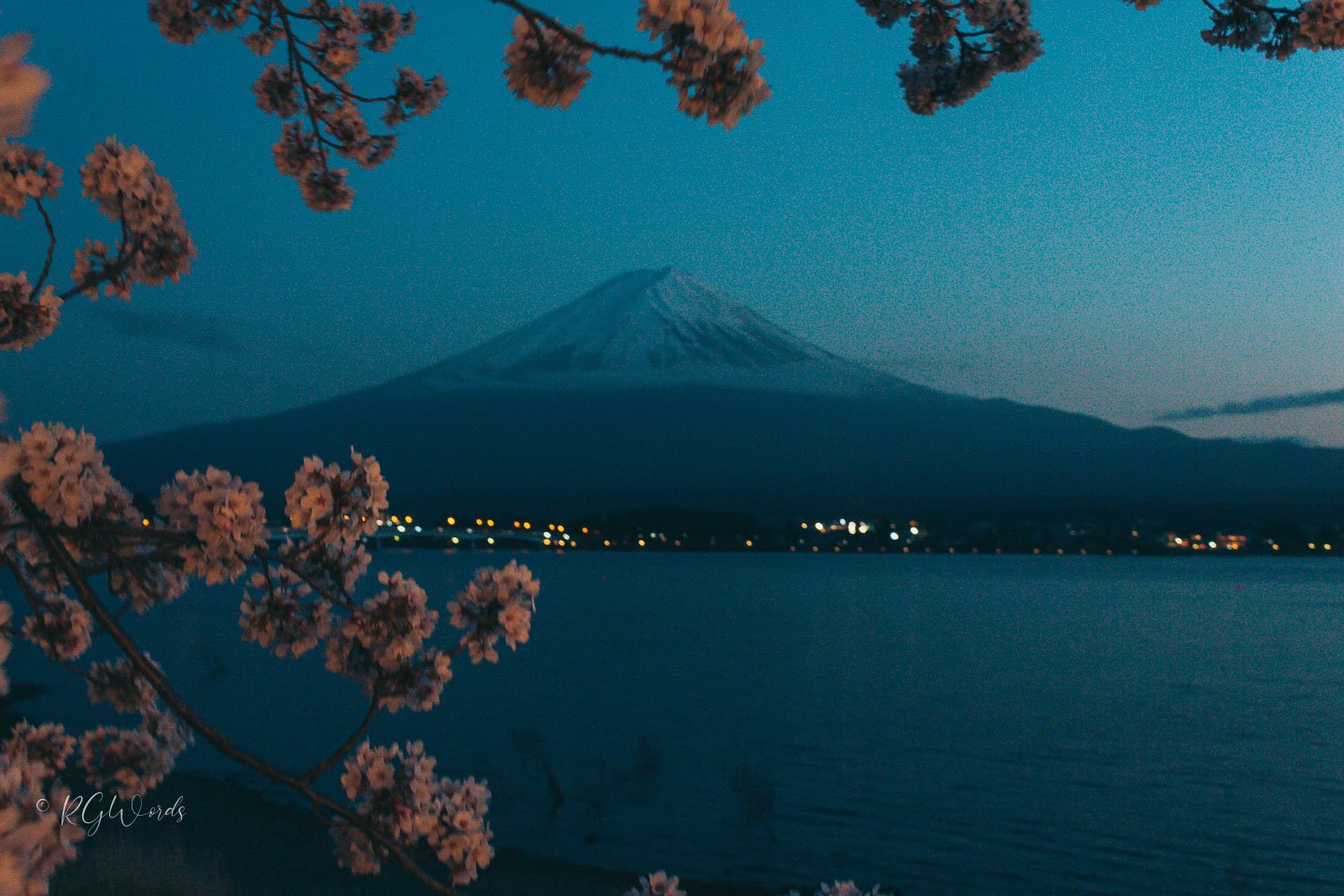
Recommendation/Next Step:
As always, I recommend picking one framing technique per week. So, grab your camera, get out there, and start capturing some stunning landscapes with your new framing skills! Happy Shooting!!
Conclusion
In conclusion, you got it right :-).
It can add depth, context, and creativity to your photos. You can create stunning landscape photos around you by selecting the right elements and applying framing techniques effectively.
Remember to experiment with different framing techniques and natural elements to discover what works best for your style and the landscapes you photograph. With a little creativity and practice, you can take your landscape photography to the next level and create stunning photos that capture the magic of nature.
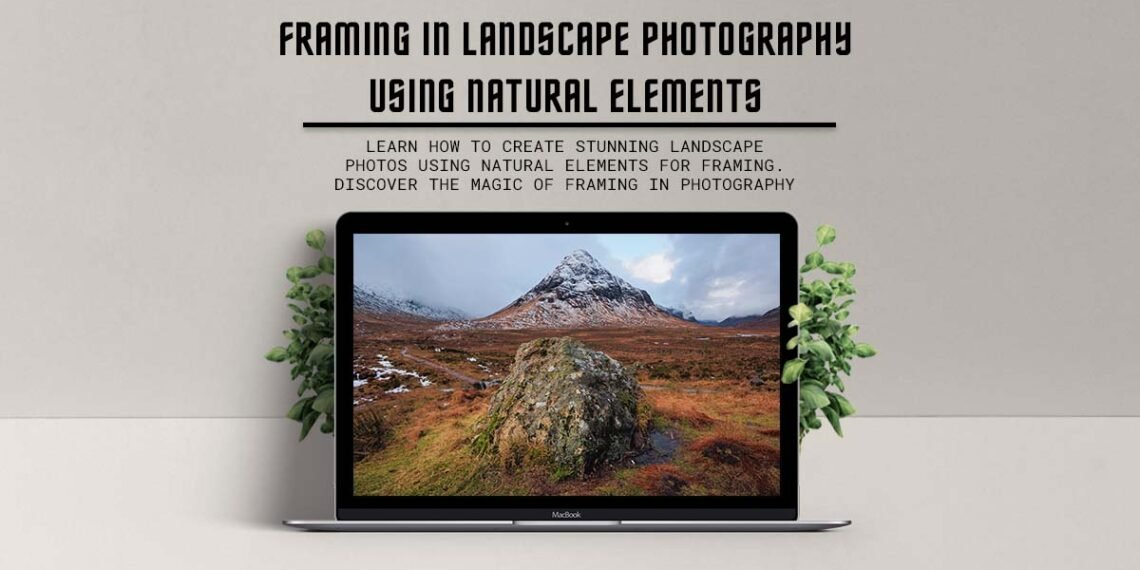
 Additional examples of landscape photos that effectively use natural elements:
Additional examples of landscape photos that effectively use natural elements:







